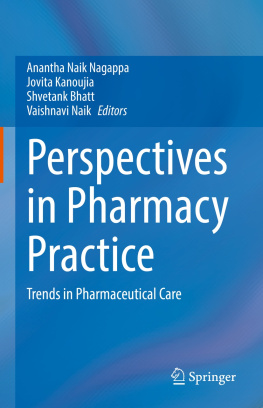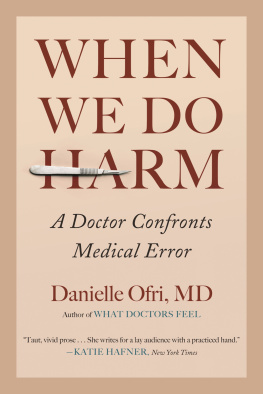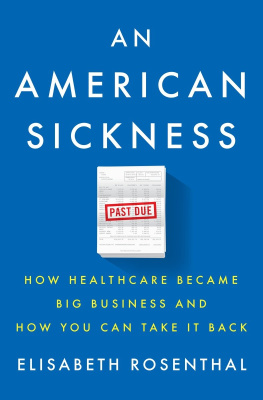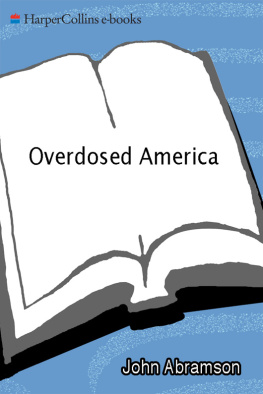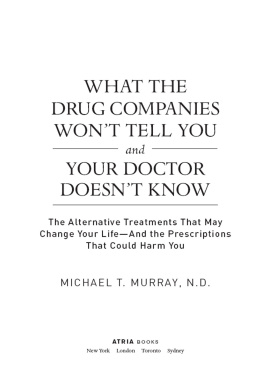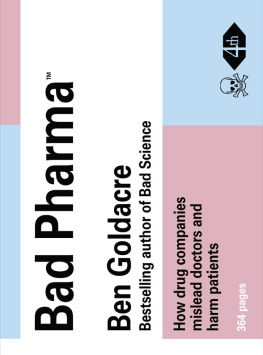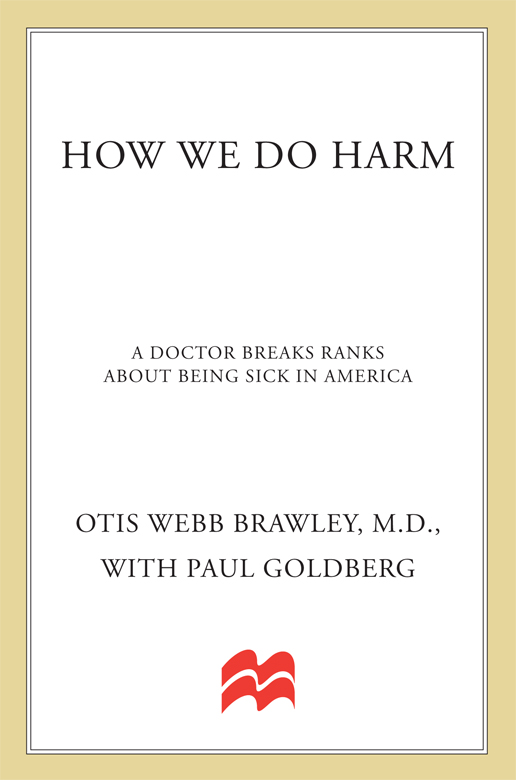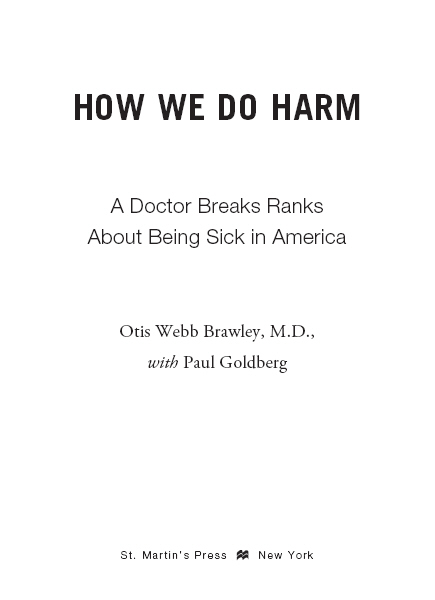
Contents
Lord, teach me to be generous.
Teach me to serve you as you deserve;
to give and not to count the cost,
to fight and not to heed the wounds,
to toil and not to seek for rest,
to labor and not to ask for reward,
save that of knowing that I do your will.
Prayer for Generosity,
ST. IGNATIUS OF LOYOLA
PART I
Three from the Gradys
Chapter 1
Chief Complaint
SHE WALKS THROUGH the emergency-room doors sometime in the early morning. In a plastic bag, she carries an object wrapped in a moist towel.
She is not bleeding. She is not in shock. Her vital signs are okay. There is no reason to think that she will collapse on the spot. Since she is not truly an emergency patient, she is triaged to the back of the line, and other folks, those in immediate distress, get in for treatment ahead of her. She waits on a gurney in a cavernous, green hallway.
The chief complaint on her chart at Grady Memorial Hospital, in downtown Atlanta, might have set off a wave of nausea at a hospital in a white suburb or almost any place in the civilized world. It reads, My breast has fallen off. Can you reattach it?
She waits for at least four hourslikely, five or six. The triage nurse doesnt seek to determine the whereabouts of the breast.
Obviously, the breast is in the bag.
* * *
I am making rounds on the tenth floor when I get a page from Tammie Quest in the Emergency Department.
At Grady, we take care of patients who cant pay, patients no one wants. They come to us with their bleeding wounds, their run-amok diabetes, their end-stage tumors, their drama. You deal with this wreckage for a while and you develop a coping mechanism. You detach. Thats why many doctors, nurses, and social workers here come off as if they have departed for a less turbulent planet.
Tammie is not like that. She emotes, and I like having her as the queen of ERan experienced black woman who gives a shit. When Dr. Quest pages me, I know it isnt because she needs a social interaction. It has to be something serious.
We are wanted in the ER, I tell my team.
The cancer team today consists of a fellow, a resident, two medical students, and yours truly, in a flowing white coat, as the attending physician. I lead the way down the hall. Having grown up Catholic, I cant help thinking of the med students and young doctors as altar boys following a priest.
I am a medical oncologist, the kind of doctor who gives chemotherapy. My other interests are epidemiology and biostatistics. I am someone you might ask whether a drug works, whether you should get a cancer screening test, and whether a white mans cancer differs from a black mans cancer. You can also ask me if we are winning the war on the cluster of diseases we call cancer. As chief medical officer of the American Cancer Societya position I have held since 2007I often end up quoted in the newspapers, and I am on television a lot. In addition to my academic, journalistic, and public-policy roles, I have been taking care of cancer patients at Grady for nearly a decade, first as the founding director of the cancer center, and now as chief doctor at the ACS.
My retinue behind me, I keep up a fast pace, this side of a jog. Bill Bernstein, the fellow, is the most senior of the group. Bill is a Newton, Massachusetts, suburbanite, still boyish. He is having trouble adjusting to the South, to Atlanta, to its inner city. He is trying, but its hard to miss that black people and poor people perplex him. Contact with so much despair makes him awkward. But he has a good heart, a surfeit of common senseand he is smart. Whatever we teach him at Grady will make him a better doctor wherever he ends up.
Grady suffers from what the administration here calls a vertical transportation problem. Our elevators are slow at best, broken at worst. We head for the stairs, rushing down to the first floor, then through long, green hallways into the ER.
Grady is a monument to racism. Racism is built into it, as is poverty, as is despair. Shaped like a capital letter H, Grady is essentially two hospitals with a hallwaya crossoverin the middle to keep things separate but equal for sixteen stories.
In the 1950s and 60s, white patients were wheeled into the front section, which faces the city. Blacks went to the back of the H. This structurebuilt in 1953was actually an improvement over the previous incarnation. The Big Hthe current Gradyreplaced two separate buildingsthe whites got a brick building, the blacks a run-down wood-frame structure. Older Atlantans continue to refer to the place in a chilling plural, the Gradys.
You end up at Grady for four main reasons. It could happen because you have no insurance and are denied care at a private hospital, or because you are unconscious when you arrive by ambulance. When your lights are out, you are in no position to ask to be taken to a cleaner, better-lit, suburban palace of medicine. A third, small contingent are older black folks with insurance, who could go anywhere but have retained a dim memory of Grady as the only Atlanta hospital that accepted us. The fourth category, injured cops and firemen, know that we see a lot of shock and trauma and are good at it. We are their ER of choice.
Today, our 950-bed behemoth stands for another form of segregation: poor versus rich, separate but with no pretense of equality. Grady is Atlantas safety-net hospital. It is also the largest hospital in the United States.
The ER, arguably the principal entry point to Grady, was built in the center of the hospital, filling in some of the H on the first floor. To build it, Grady administrators got some federal funds in time for the 1996 Summer Olympics. This fueled financial machinations, which led to criminal charges, which led to prison terms. (In retrospect, the bulk of the money was put to good use. Many of the victims of the Olympic Park bombing came through our ER.)
The hallways here are incredibly crowded, even by the standards of inner-city hospitals. Patients are triaged into three color-coded linessurgery, internal medicine, obstetricsand placed on gurneys two-deep, leaving almost no room for staff to squeeze through.
You might see a homeless woman drifting in and out of consciousness next to a Georgia Tech student bloodied from being pistol-whipped in an armed robbery, next to a fifty-seven-year-old suburban secretary terrified by a sudden loss of vision, next to a twenty-eight-year-old hooker writhing in pain that shoots up from her lower abdomen, next to a conventioneer who blacked out briefly in a cylindrical tower of a downtown hotel, next to a fourteen-year-old slum dweller who struggles for breath as his asthma attack subsides.
When I first arrived in Atlanta and all of this was new to me, I took my wife, Yolanda, through the Grady ER on a Friday night.
Oh, the humanity, she said.
Yolanda, a lawyer with the U.S. Securities and Exchange Commission, feels happier above the Mason-Dixon Line.
* * *
TAMMIE QuestI use her real nameis cute, has a broad, infectious smile, and comes from privilege. She grew up in Southern California and frequently refers to herself as a black Valley girl.
Though she identifies with the West Coast, a lot of Atlanta has rubbed off on her in the Grady ER.
No two ERs are alike. Ours tells the story of Atlanta more clearly, more poignantly than its skyline. Patients everywhere are scared of their wounds or diseases that rage inside them. Here, in the middle of this big, hot, loud, violent city, they have an added fear: they are terrified of each other, often with good cause.


